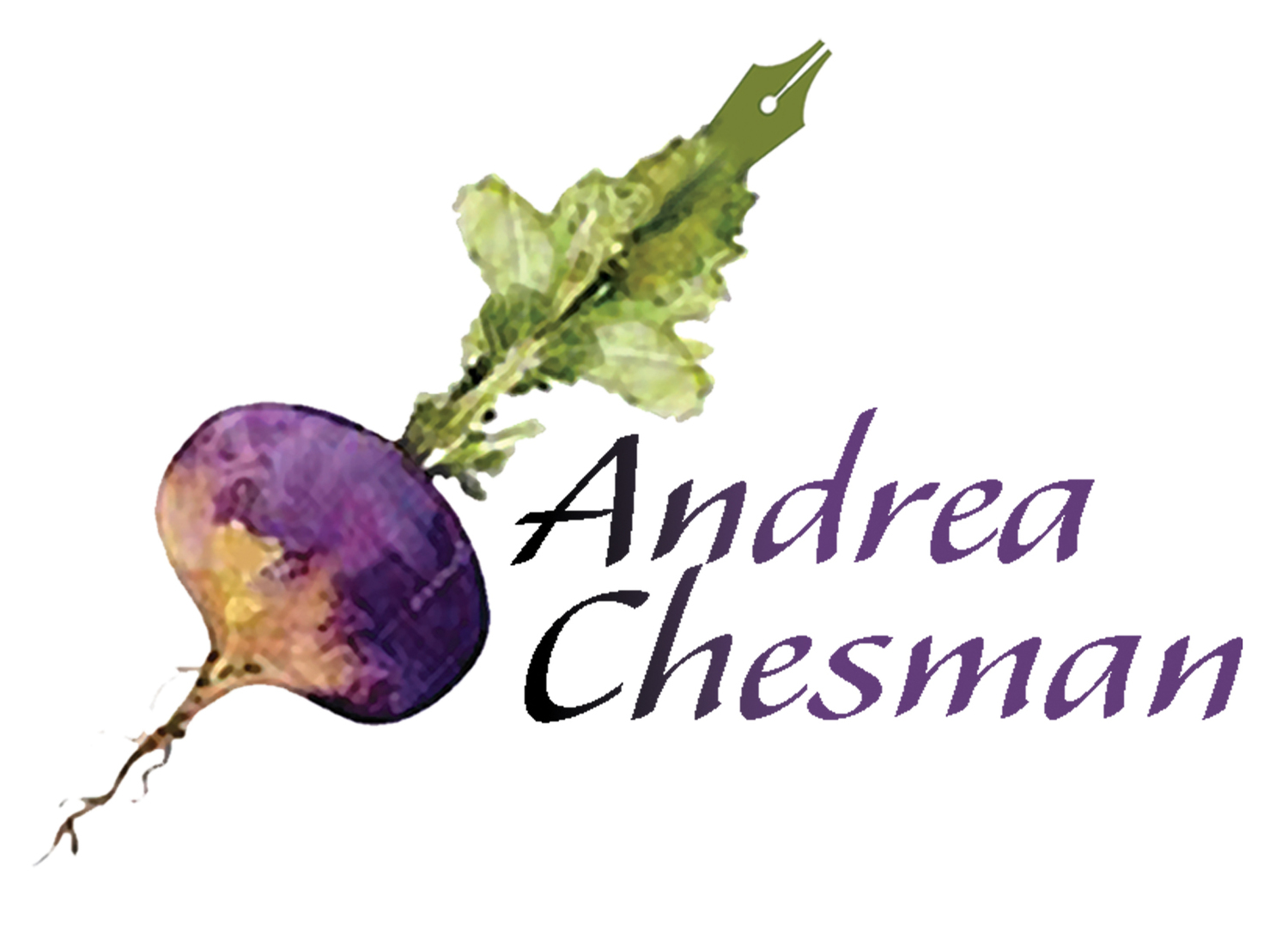For the past three years, I have been working on a book on cooking and baking with animal fats. I started exploring this topic because animal fats are an important part of nose-to-tail eating and supporting our farmers. I stayed with it because animal fats impart wonderful flavor and delicate texture to baked goods and fried foods—whether deep-fried or pan-fried— are remarkably not greasy when cooked in animal fats. And I am staying with it because when I looked into the health aspects of eating fats, I came to the inevitable conclusion that the industrially produced vegetable seed oil (canola, corn, etc.) are at the root of many health problems brought on by inflammation (heart disease included).
Fat tastes good—and it defines the flavor of traditional cuisines around the world: think duck fat and butter in France, ghee in India, olive oil in Italy, lard in Mexico, schmaltz in Jewish cuisine. Salt pork was crucial in defining the flavors of American cooking, especially in New England and the American South, where they called it "streak of lean." In England, cooks made use of beef fat in the signature dish of Yorkshire pudding (made with beef drippings) and in many pies and pasties (made with tallow in the crust). Suet, unrendered beef fat, is a necessary ingredient in many English steamed puddings.
Lard and other fats derived from pigs were once the most widely used fats all around the world. Even in Italy, lard was used extensively, especially in the North, where the climate did not lend itself to the growing of olives. But with the rise of industrialized food production the world over, fats derived from animals fell out of favor. Some of this was due to the cheap production of vegetable seed oils, helped along by some very clever marketing by Crisco and Wesson, which touted the "purity" of their products. At the same time, the urbanization of the population and a change in how meat was raised and purchased in supermarkets, helped changed the central role animal fats once played. But much of the switch from animal fats to industrial vegetable seed–based fats and oils was due to flawed medical science, which drew a link between the consumption of animal fats and heart disease. An army of public health advocates and government policy makers spread that false claim like it was gospel.
All animal fats are not created equal because all animals are not raised under the same conditions. When I write about cooking with animal fats, I am writing about fats from pasture-raised chickens, ducks, geese, pigs, lamb, goats, and cattle. I am not writing about animals raised or finished on grain in concentrated animal feeding operations (CAFOs). Such large-scale animal operations aren't remotely healthy environments for the animals, so the animals are dosed with antibiotics, which also allows them to gain weight faster. This, in turn, alters the flavor and nutritional content of the fat. The fat from industrial-farmed animals contain fewer anti-inflammatory omega-3 fatty acids and more pro-inflammatory omega-6 fatty acids than fat from pasture-raised animals.
In the years that I have been thinking and learning about animal fats in the diet and writing this book, animal fats have started to receive more and more approval from the scientific community, chefs, and consumers. I am so proud that Michael Ruhlman, himself a fan of schmaltz has written the forward and that Sally Fallon Morell, author of Nourishing Traditions and Nourishing Fats: Why We Need Animal Fats for Health and Happiness said about my book, “Give yourself permission to eat healthy animal fats Andrea Chesman’s way and you will never feel hungry or unsatisfied again.
I hope you will consider buying my book and coming to see me at one of my signing events (check my events page).

